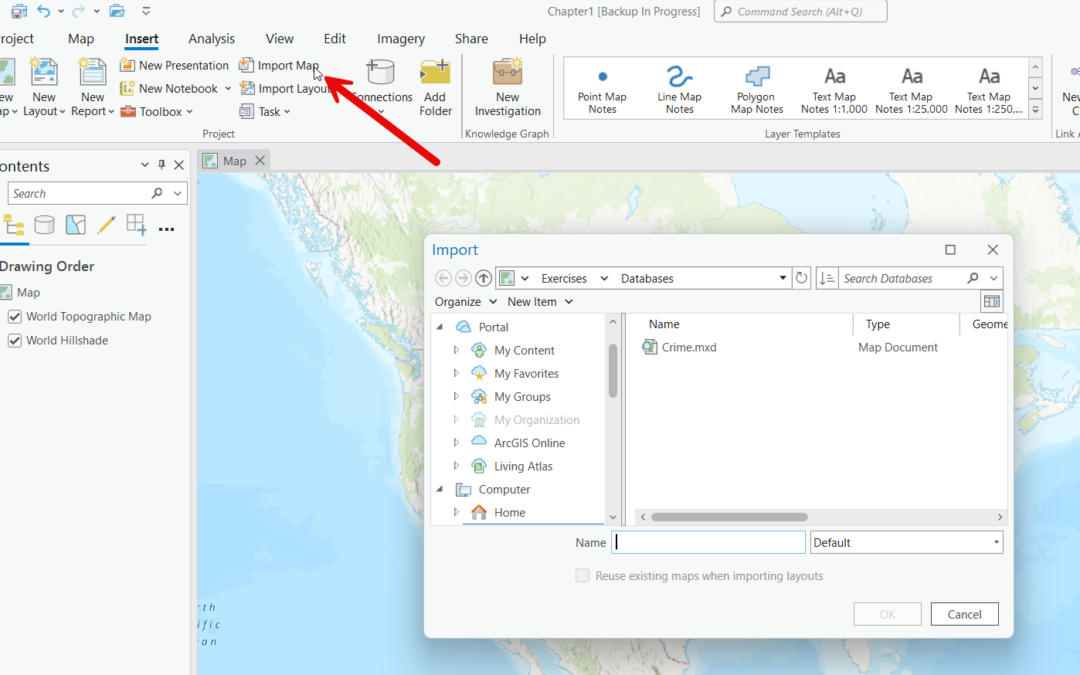

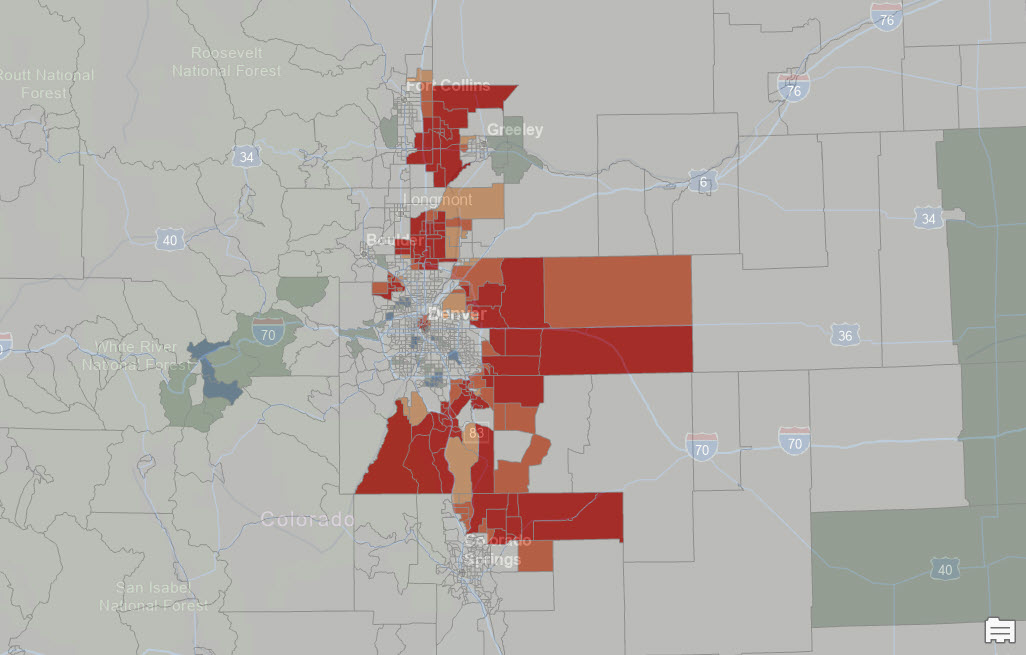
Using Python, ArcGIS Pro and ACS Data to model Population Shifts in the Western US
Over the last five years, the western United States has experienced notable shifts in population patterns, with distinct regions emerging as either growth hot spots or cold spots. Cities like Denver, Colorado, and Boise, Idaho, have seen substantial population...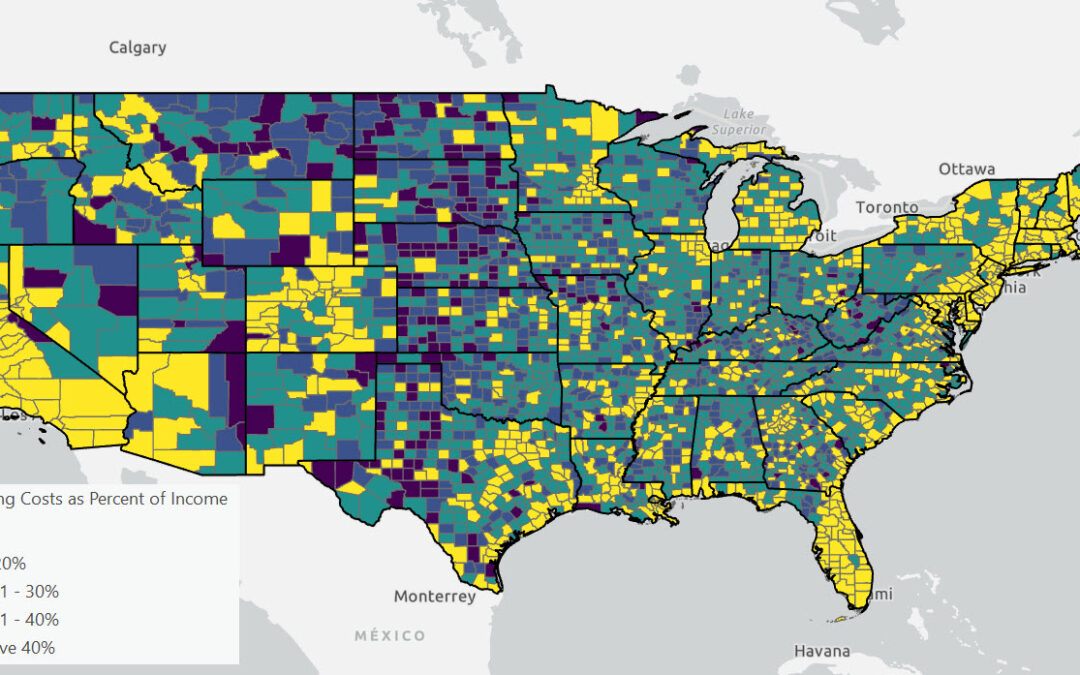
From Bad to Worse: The Escalating Cost Burden on American Renters
In 2022, according to the latest U.S. Census Bureau data, 44% of American renters allocated 30% or more of their income to housing costs, with 23% spending at least half of their income on housing. This level of expenditure classifies them as “cost...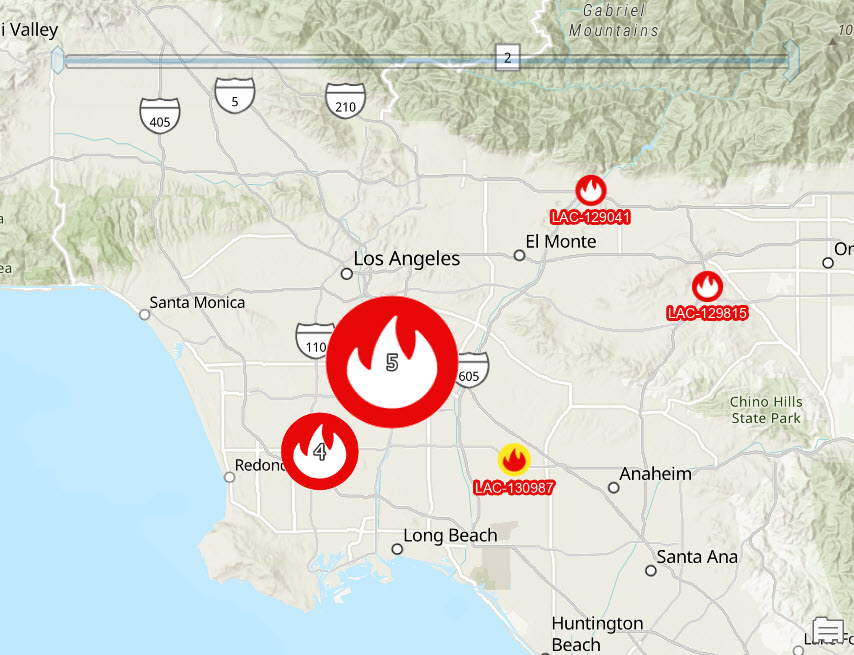
Tutorial: Simplifying Point Layer Visualization with ArcGIS Pro’s Aggregation Tool
ArcGIS Pro offers two powerful methods for dynamically aggregating point feature layers: binning and clustering. While both are visualization techniques that aim to simplify and summarize data, they differ in their representation and behavior. For point feature...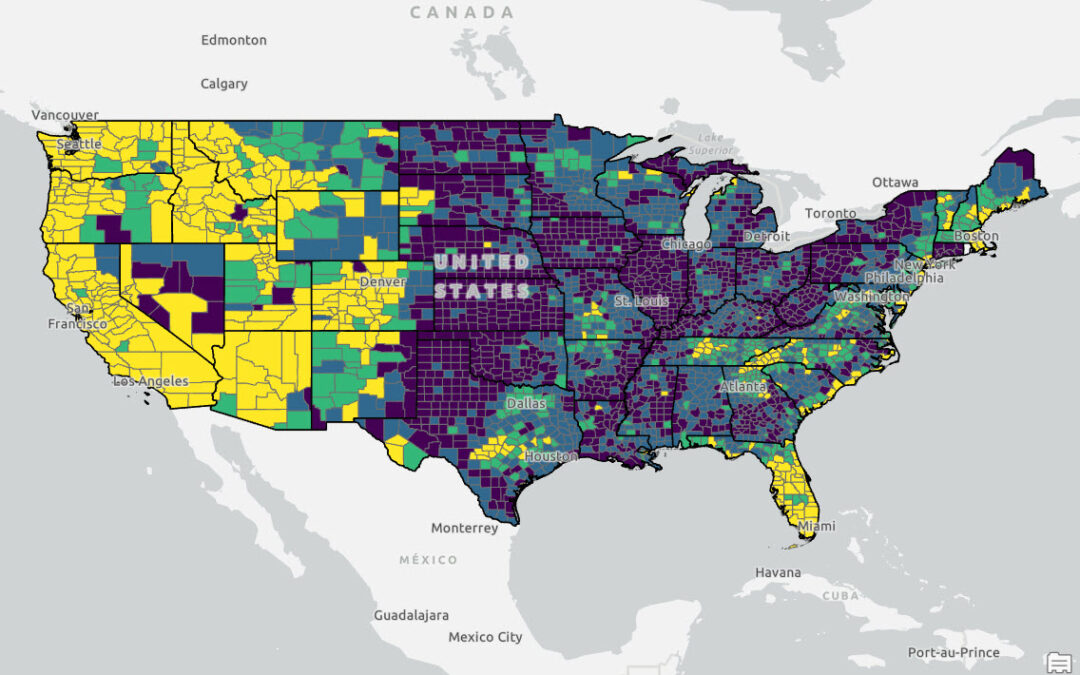
Mapping the US Housing Affordability Gap: Simple Techniques with ArcGIS Pro, R, and AI
This article explores the significant disparities in housing affordability between the coastal regions of the United States and the Midwest. Here we present an R script that merges 2022 county-level median income data with the Zillow Home Value Index (ZHVI), a...
